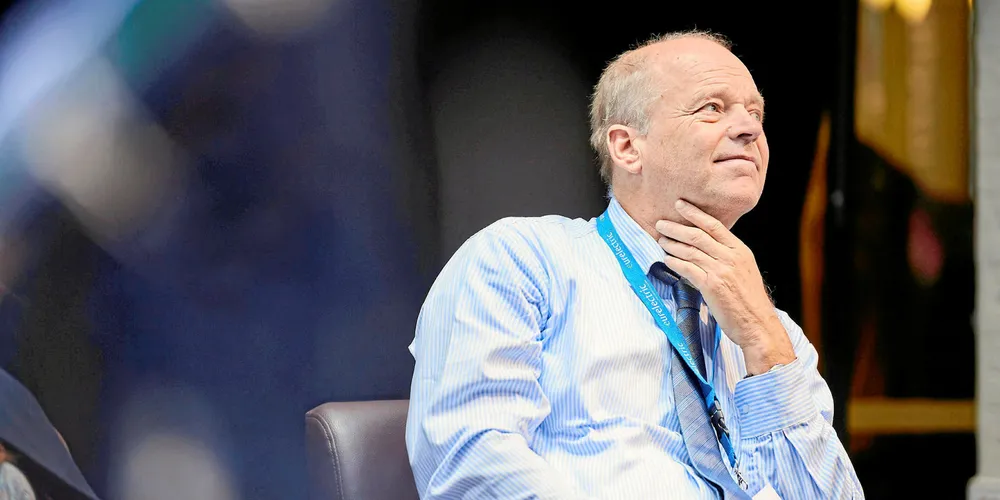Stiesdal: Net-zero report shows IEA's renewables forecasts can finally be taken seriously
Influential International Energy Agency had always underestimated wind energy and overestimated its costs, writes wind-industry pioneer Henrik Stiesdal

Influential International Energy Agency had always underestimated wind energy and overestimated its costs, writes wind-industry pioneer Henrik Stiesdal
